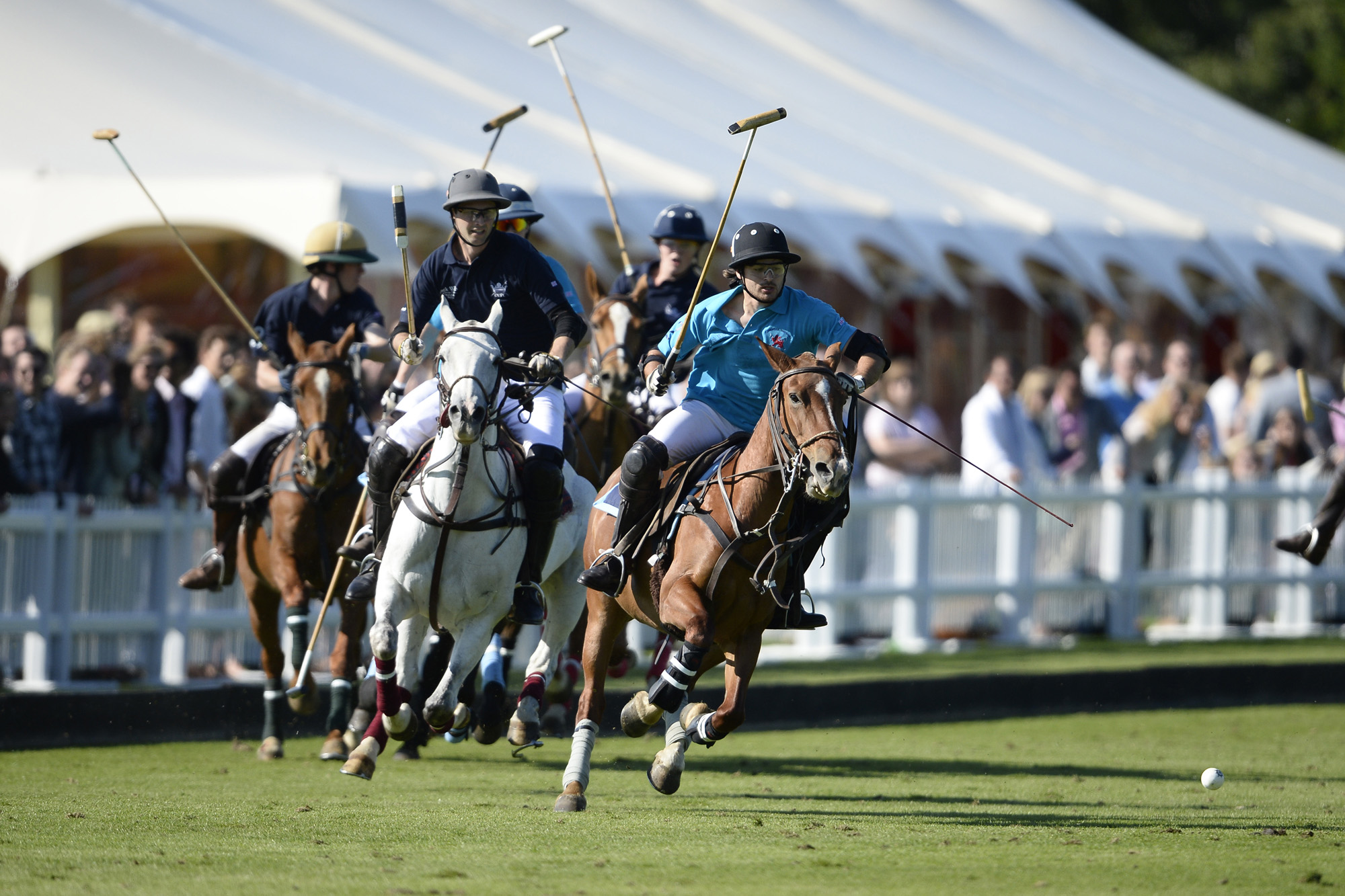How to play polo
- Introduction to Polo
- Understanding Polo Rules: Part 1
- Understanding Polo Rules: Part 2
Introduction to Polo
Evolution of Polo Through the Ages

Equestrian team sport.
Polo, often referred to as "The Sport of Kings," has a rich and fascinating history that spans over two millennia. Its transformation from a war game to a sport and its spread from the East to the West is a captivating journey that reflects the evolution of society, culture, and sportsmanship.
Polo's Transformation from a War Game to a Sport
Polo originated in ancient Persia (modern-day Iran) around the 6th century BC. Initially, it was a training game for the king's elite cavalry units, known as the King’s Guards or nobility. The game was designed to mimic actual battle scenarios, helping the cavalry to improve their horse riding skills, team coordination, and combat techniques.
As time passed, Polo evolved from a military training tool to a sport enjoyed by the nobility. By the time of the Tang Dynasty in China (618-907 AD), Polo had lost much of its military significance and was primarily played for recreation. The game was often part of royal festivities, and emperors, such as Emperor Xuanzong, were known to be avid Polo players.
Introduction of Polo to the British and its Spread to the West
The British discovered Polo in the mid-19th century in Manipur, a state in northeastern India. The British officers found the game intriguing and brought it back to England. The first Polo club, the Silchar Polo Club, was established in 1859 in India, and by the 1860s, the game had reached England.
The rules of Polo were formalized in 1874 by the Hurlingham Polo Association, and the sport quickly gained popularity among the British aristocracy. British settlers and military personnel subsequently introduced Polo to the United States and Argentina, where it flourished.
Modernization of Polo: Changes in Rules, Equipment, and Gameplay
The modernization of Polo began with the standardization of rules by the Hurlingham Polo Association. The rules have been revised several times since then to improve the safety of players and horses and to make the game more spectator-friendly.
The equipment used in Polo has also evolved over the years. The wooden mallets have been replaced with lighter and more durable materials, and protective gear, such as helmets and knee guards, have become mandatory. The Polo balls, initially made of bamboo or willow root, are now made of plastic or wood.
The gameplay has also changed significantly. Modern Polo is faster and more strategic than its ancient counterpart. The number of players has been reduced from eight or ten per side to four, making the game less chaotic and more skill-based.
In conclusion, the evolution of Polo reflects the broader changes in society and sports over the centuries. From its origins as a war game in ancient Persia to its status as a popular sport worldwide, Polo has adapted and thrived, continuing to captivate players and spectators alike with its unique blend of speed, skill, and teamwork.